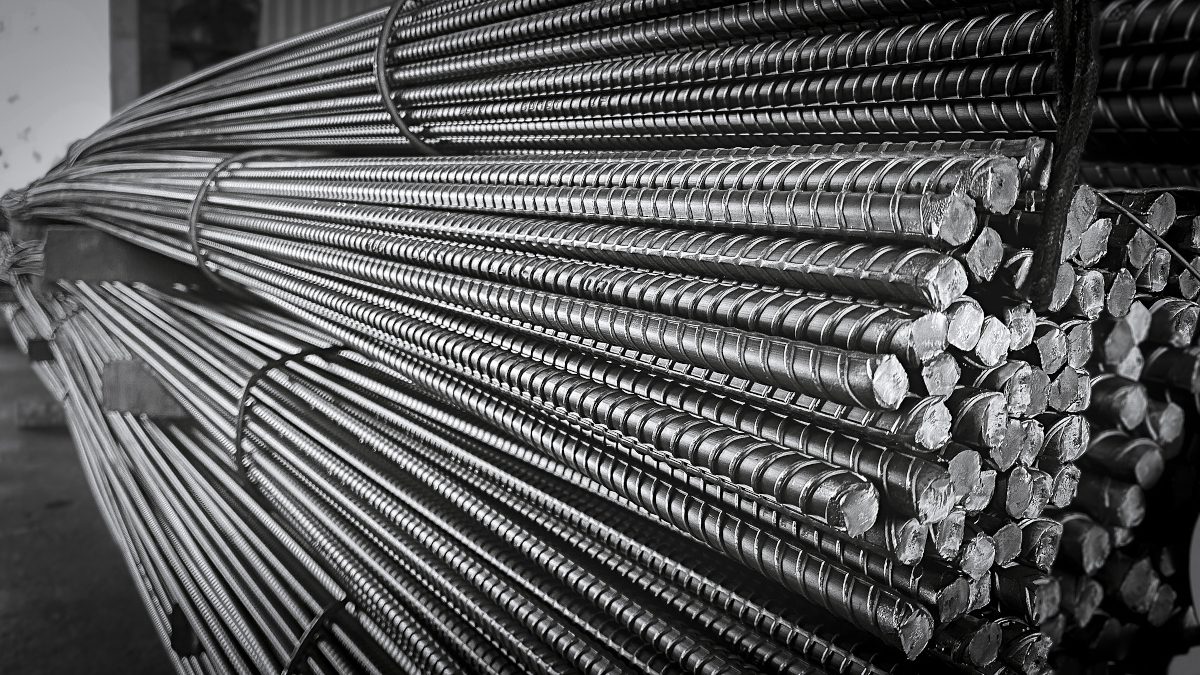Europe's Green Steel Revolution: Transforming the Steel Industry Towards Sustainability
Key Ideas
- The Europe green steel market is projected to grow exponentially from $236.2 million in 2025 to $12,004.3 million by 2032, driven by stringent environmental policies and the adoption of hydrogen-based steelmaking technologies.
- Green steel refers to methods that significantly reduce carbon emissions in steel production, with innovations like hydrogen-based direct reduction and electric arc furnaces powered by renewable energy sources leading the shift towards sustainability.
- Major players like SSAB, Thyssenkrupp, and Salzgitter AG are investing in green steel initiatives, aiming to produce carbon-neutral steel by leveraging hydrogen-based technologies and partnerships with energy companies.
- The role of hydrogen in green steel transition is crucial, with Europe investing heavily in hydrogen production and use to decarbonize the steel industry, aligning with the region's goal of becoming a global leader in green hydrogen technology.
Europe is spearheading the transition towards sustainable steel production with the concept of green steel gaining momentum. The European steel sector, historically carbon-intensive, is embracing innovative technologies like hydrogen-based steelmaking to reduce carbon emissions significantly. The market for green steel in Europe is projected to grow substantially by 2032, driven by environmental policies and the EU Green Deal, with hydrogen-based technologies playing a pivotal role.
Green steel, produced through cleaner processes such as hydrogen-based direct reduction, aims to lower the carbon footprint of steel production compared to traditional methods relying on coal and coke. Countries like Sweden, Germany, and Finland are at the forefront of developing and adopting green steel technologies, positioning Europe as a global hub for sustainable manufacturing.
The steel industry, a significant source of global carbon emissions, is undergoing transformation in Europe to meet the region's carbon neutrality goals. Regulatory frameworks like the European Green Deal and the Carbon Border Adjustment Mechanism are incentivizing the adoption of cleaner technologies, driving innovation in green steel production across the continent.
Key players like SSAB, Thyssenkrupp, and Salzgitter AG are leading the green steel transition with investments in hydrogen-based steelmaking. Initiatives like the HYBRIT project aim to produce fossil-free steel by replacing coke with hydrogen, showcasing the potential for green steel to reshape Europe's steel industry.
Hydrogen-based technologies play a vital role in decarbonizing steel production, with Europe focusing on scaling up green hydrogen production across industries. The economic and environmental implications of green steel include driving investment, creating new jobs, and fostering growth in clean energy and manufacturing sectors, highlighting the transformative impact of sustainable steel production in Europe.
Topics
Green Hydrogen
Renewable Energy
Environmental Impact
Innovation
Sustainability
Carbon Emissions
Steel Industry
Economic Growth
European Union
Latest News
